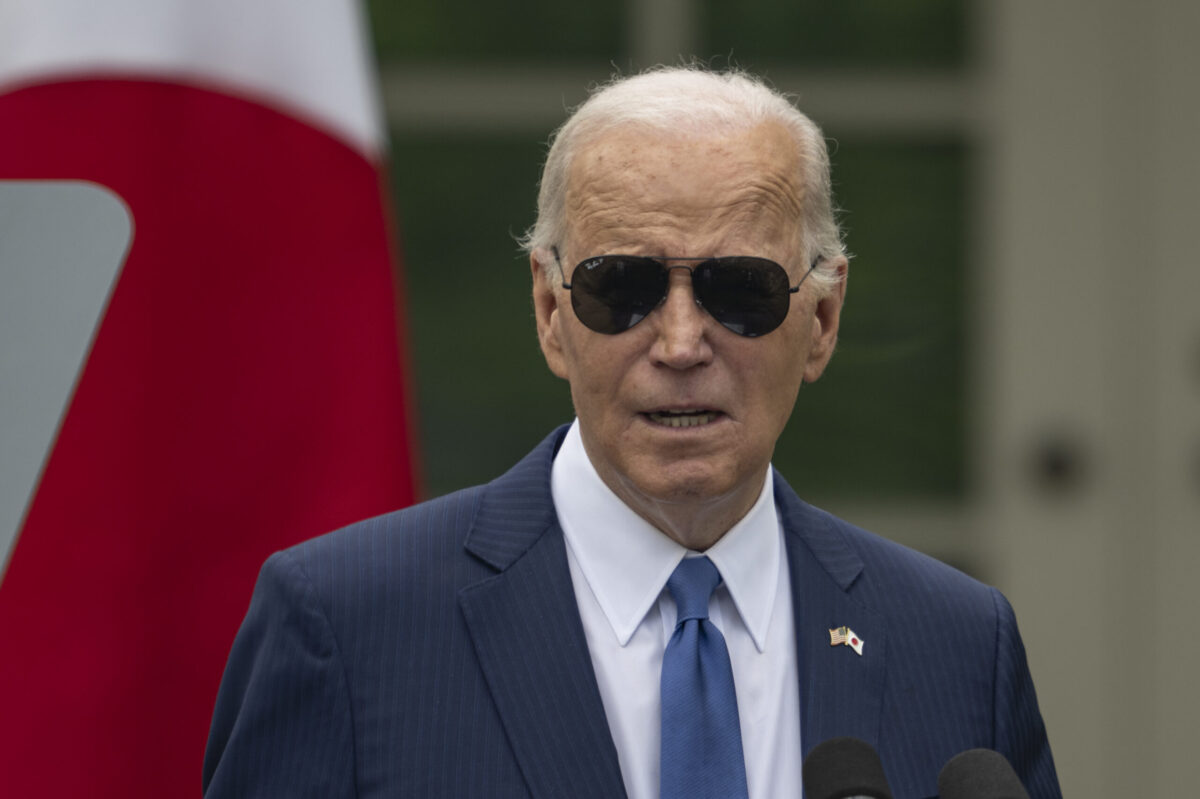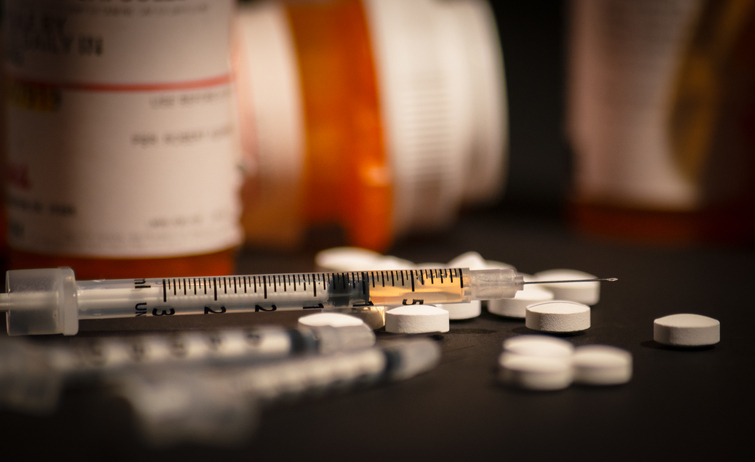US Economy soars 4.9% due to increased consumer and government spending.
The U.S. Economy Surges in Third Quarter, Beating Expectations
The U.S. economy exceeded expectations in the third quarter, expanding by 4.9 percent, according to the Bureau of Economic Analysis. This growth rate surpassed economists’ predictions of 4.3 percent and marked the sharpest gain since 2014, excluding the pandemic years. It was also double the rate of growth in the first half of 2023.
The impressive GDP growth was driven by a 4 percent increase in real consumer spending, which contributed 2.69 percent to the final GDP number. Additionally, government spending at the federal, state, and local levels played a significant role in the strong reading. Federal spending soared by 6.2 percent, national defense spending spiked by 8 percent, and state and local spending surged by 3.7 percent. Overall, government outlays contributed nearly 1 percent to the growth rate.
Positive Signs Amidst Concerns
Despite concerns and negative forecasts, the latest GDP print surprised many observers. JPMorgan Chase CEO Jamie Dimon criticized central banks for being consistently wrong in their predictions over the past 18 months. Dimon emphasized the need for humility in financial forecasting.
Goldman Sachs also adjusted its U.S. recession odds to 15 percent, reflecting growing economic optimism. However, not everyone shares this positive outlook. Economists and Wall Street experts maintain gloomy forecasts for the fourth quarter and 2024.
Recession Fears Persist
While the U.S. economy has shown resilience, some indicators continue to raise concerns. The 2- and 10-year yield curve remains inverted, and the Conference Board’s Leading Economic Index declined by 0.7 percent in September. These factors, along with other recession signals, suggest a risk of economic weakness ahead.
Despite these warnings, early forecasts for the fourth quarter do not indicate a recession, with the New York Fed Staff Nowcast projecting growth of 2.27 percent.
As the economy continues to navigate various challenges, it remains to be seen how these factors will shape its trajectory in the coming months.
What were the primary factors driving the significant growth of the U.S. economy in the third quarter despite ongoing challenges such as the COVID-19 pandemic?
H was significantly higher than the projected 3.2 percent increase, demonstrating the resilience and strength of the U.S. economy despite ongoing challenges such as the COVID-19 pandemic.
The primary driver of this impressive growth was consumer spending, which surged during the third quarter. Americans, buoyed by increased pandemic-related government support and declining infection rates, resumed spending on a wide range of goods and services. Furthermore, the reopening of businesses and easing of restrictions led to a significant recovery in the retail, travel, and hospitality sectors.
Another contributing factor to the robust economic growth was the rebound in business investments. After a period of cautiousness and uncertainty, companies regained confidence in the recovery and started making substantial investments. This increase in business spending, particularly in sectors such as technology and manufacturing, further fueled economic expansion.
The job market also experienced positive developments, with significant gains in employment during the third quarter. Many Americans reentered the workforce, while others found new job opportunities in expanding industries. This increase in employment not only provided individuals with financial stability but also had a ripple effect, stimulating consumer spending and thus contributing to overall economic growth.
Additionally, the housing market played a crucial role in the economy’s strong performance. Low mortgage rates and increased demand for housing led to a surge in both home sales and construction activities. The housing sector, traditionally a key driver of the U.S. economy, proved resilient during the pandemic and continued to be a significant contributor to economic expansion.
While the third-quarter data is undeniably encouraging, economists and policymakers remain cautiously optimistic about the sustainability of this growth. Challenges such as the resurgence of COVID-19 cases, supply chain disruptions, and global economic uncertainties still pose risks to the recovery. The full extent of the pandemic’s long-term economic impact is yet to be fully understood.
In order to consolidate and sustain the positive momentum, it is crucial for the government to maintain supportive fiscal and monetary policies. Continuation of targeted stimulus programs, investment in infrastructure, and ensuring access to affordable healthcare will be vital for the further revival and growth of the U.S. economy.
Furthermore, it is imperative to address structural issues that have long plagued the economy, such as income inequality and disparities in education. By investing in human capital development and creating an enabling environment for innovation and entrepreneurship, the U.S. can ensure inclusive economic growth that benefits all segments of society.
In conclusion, the U.S. economy has demonstrated remarkable resilience and surpassed expectations with its strong performance in the third quarter. Rebounding consumer spending, increased business investments, job market improvements, and a thriving housing sector have been the driving forces behind this growth. However, the nation must remain vigilant and address ongoing challenges to sustain the recovery and lay the foundation for long-term economic prosperity.
" Conservative News Daily does not always share or support the views and opinions expressed here; they are just those of the writer."





